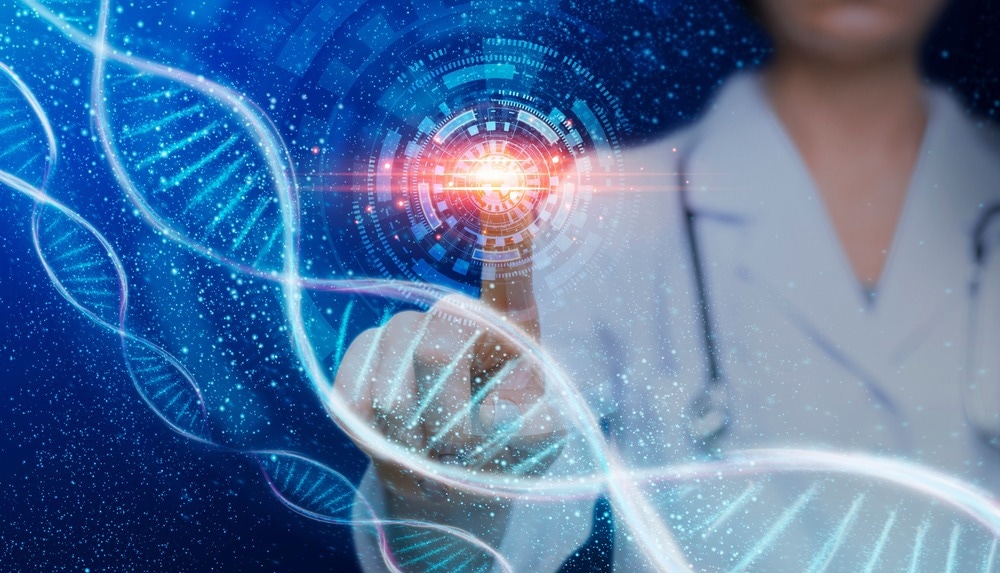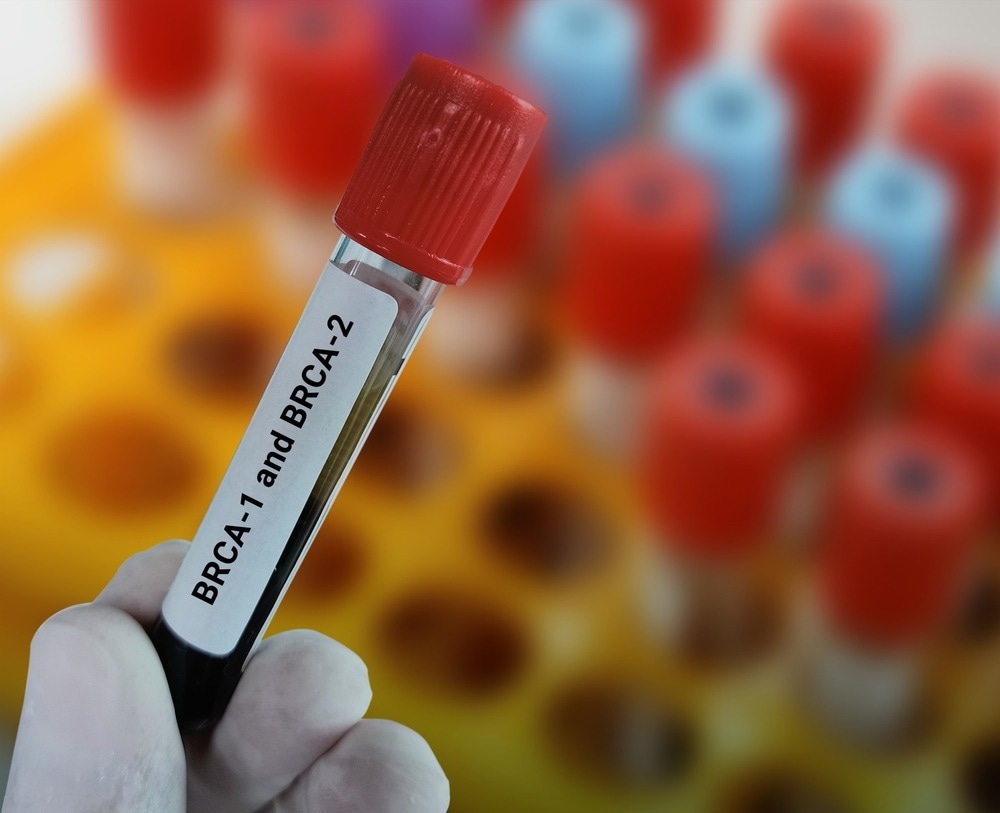Cancer is a complex group of diseases characterized to show uncontrolled cell growth, which also exhibits strong relationships between genetic (genes) and environmental (lifestyle) factors.
Genetic predisposition to a specific type of cancer is due to genetic variants in the nucleotide DNA sequence that may be positively associated with an increased risk of developing this condition. Therefore, full knowledge of the genome sequence may be very useful for determining the likelihood of developing cancer and thus for acting in consequence.
Understanding Cancer Genomics (v. 1.0 15/05/2017)
Genomics, Genetic Predisposition, and Cancer
Genomics is a discipline aimed at studying and analyzing the functional properties of the nucleotide (DNA) sequence that forms the genetic material, i.e., the genome, of an organism or cell. The genome contains both protein-coding sequences called 'genes' and non-coding regions that play key regulatory roles. The interplay between an individual's genome and its environment largely determines its phenotypic features in its living condition.
Inherited diseases and disorders are associated with specific genetic variants in the genome sequence. These genetic variants or 'mutations' evidenced by modifications in the order of the nucleotide DNA sequence may be associated with a particular disease state, popularly known as a genetic predisposition to suffer a disease state.
In complex diseases such as cancer, mental illness, and cardiovascular disorders, genetic predisposition involves strong interrelationships between genetic variants and environmental factors, which are able to trigger the expression of the disease phenotype.

Image Credit: Prostock-studio/Shutterstock.com
What is the Importance of Genetic Biomarkers in Cancer Detection?
A biomarker is any biological molecule expressed in an organism's specific cell and/or tissue, which can be used to evidence or diagnose the likelihood of occurrence of a disease. In cancer, biomarkers include nucleic acids (either DNA or RNA sequences), proteins (structural and enzymatic proteins), or metabolomic alterations univocally associated with specific cancerous traits.
There are many well-known genes in which mutations have been shown to increase the likelihood of suffering from a particular type of cancer. Some examples of these genetic biomarkers include:
- BRCA1: The BReast CAncer gene 1 (BRCA1) is a well-characterized gene that encodes a protein linked to DNA repair pathways in human cancer types. In women, mutations in BRCA1 have been reported to be associated with breast, ovarian, and uterine cancer, whereas in males, it may lead to prostate cancer.
- APC: The Adenomatous polyposis coli (APC) gene is a tumor suppressor gene responsible for stopping uncontrolled cell division, a distinctive feature of cancer cells. Mutations in the APC gene have been associated with a genetic predisposition to colon cancer and rectal cancer.
- TP53: The tumor protein 53 (p53) gene is possibly the most widely characterized tumor suppressor gene, which is well known to activate a potent cell cycle suppressor called cyclin-dependent kinase inhibitor (CDKN1A). Mutations in the p53 gene have been linked to an increased risk of melanoma (skin cancer).
- CDKN2A: The cyclin-dependent kinase inhibitor 2A (CDKN2A) gene is a tumor suppressor that encodes two different cell cycle inhibitor proteins (p16Ink4a and p19Arf), both associated with the control of the expression of genes involved in cell cycle progression, i.e., checkpoint/cell cycle control. Mutations in the CDKN2A gene have been unequivocally associated with an increased risk of developing pancreatic cancer.
- RAS: The RAS gene encodes a GTP-binding protein that activates transduction pathways and thus triggers different cellular processes (e.g., cell growth or proliferation). Overexpression of the RAS gene due to aberrant DNA methylation patterns on its sequence (i.e., epimutations) may lead to different types of cancers (e.g., leukemia and melanoma).
- RB: The retinoblastoma (Rb) gene is a tumor suppressor gene that encodes a protein capable of modulating the Growth 1 (G1) phase checkpoint of the cell cycle. Mutations in the Rb gene have been linked to retinoblastoma, a cancer affecting retinal eye cells.
- Myc: The Myc gene (also referred to as c-MYC) is a protooncogene capable of modulating different cell cycle signaling pathways that may lead to apoptosis or programmed death cell, cell growth, and cell differentiation. Mutations correlated with the Myc gene's constitutive (persistent state) expression have been associated with an increased risk of developing lymphoma.

Image Credit: Innovative Creation/Shutterstock.com
Genomics in Cancer Detection: Outcomes and Perspectives
Genomics plays a central role in detection by providing a framework discipline and tools capable of discovering and characterizing genetic mutations associated with an increased risk of developing inherited diseases. In the near future, it is expected that inexpensive sequencing platforms will be available to obtain whole genome sequences and thus map genetic mutations that underlie the progress of cancer in real time.
Moreover, as next-generation sequencing (NGS) costs continue to decrease, genomic medicine will provide better information to predict personalized cancer risks, which is fundamental for enhancing prevention strategies and managing patients suffering from this devastating disease.
Further Reading
Last Updated: Nov 25, 2022